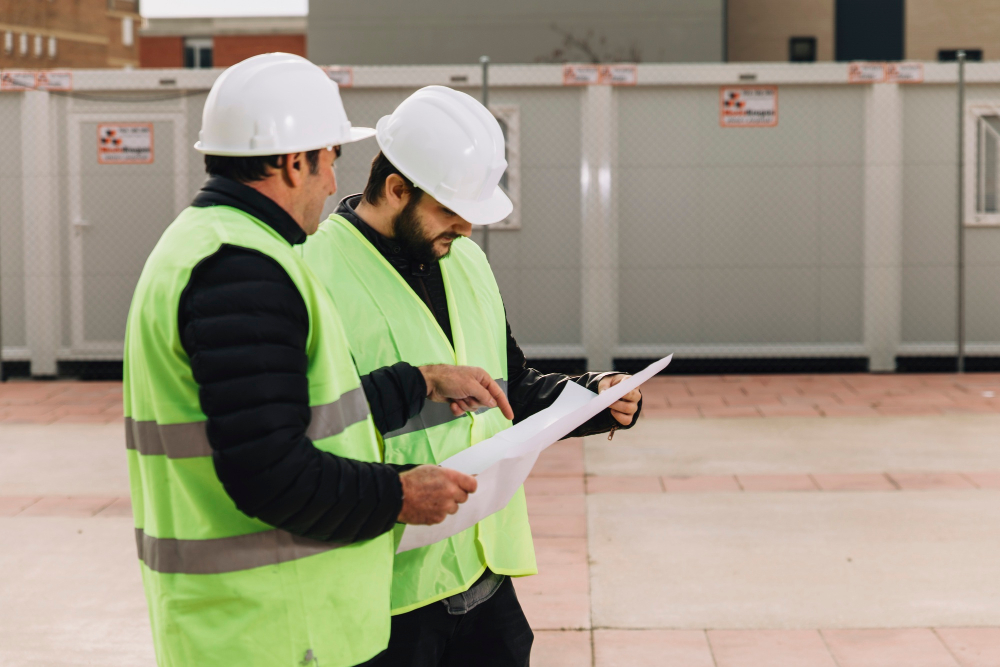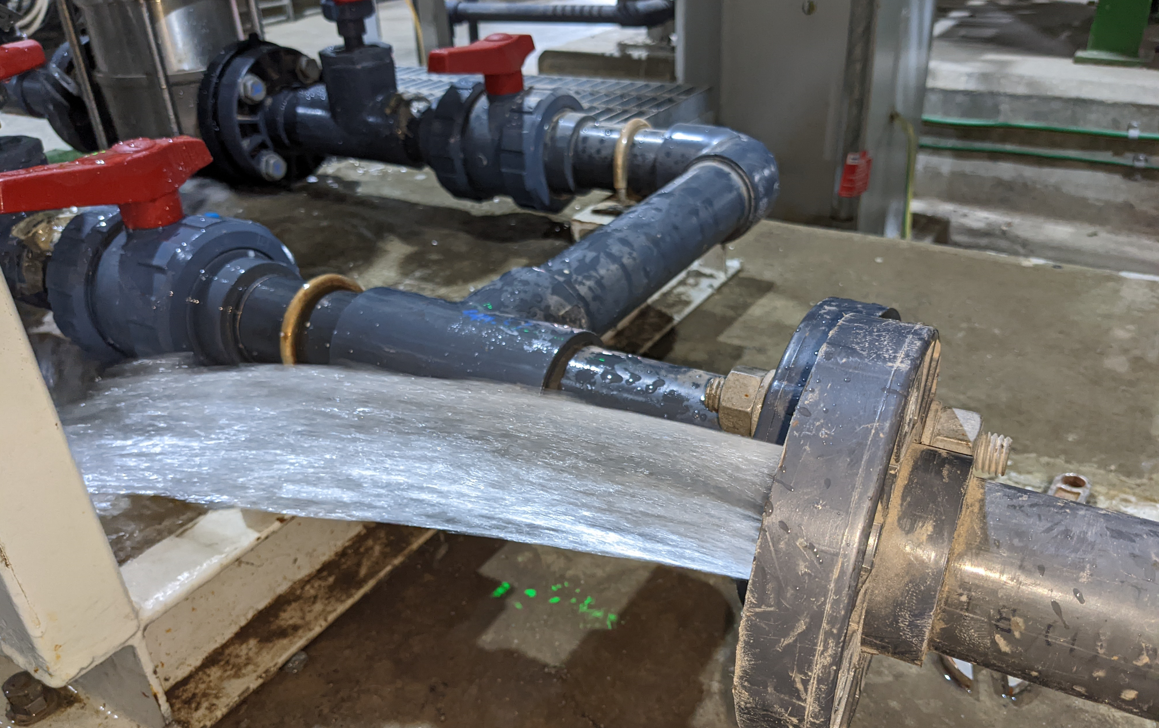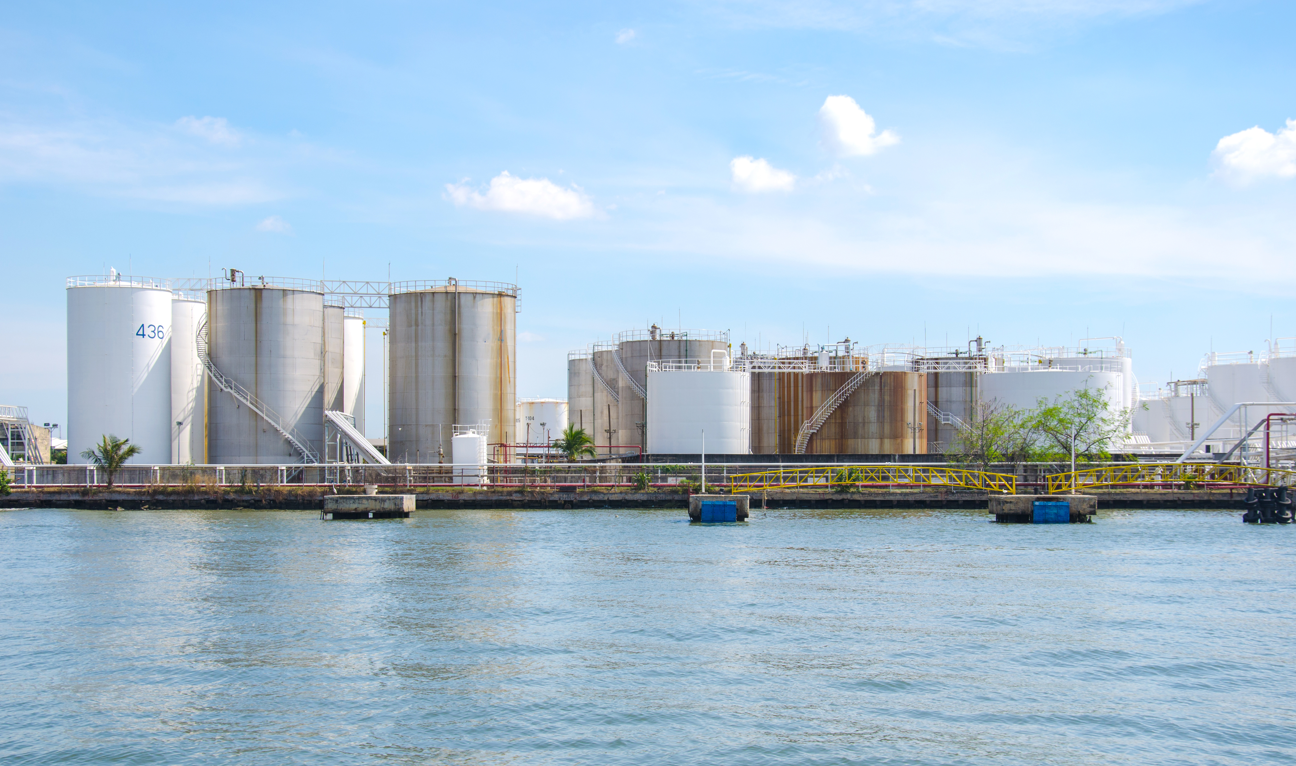Accidents can occur anywhere, anytime. Understanding the 7 steps for effective accident investigation procedures is vital for a safe workplace. This guide provides insights and widely known knowledge to empower you in maintaining a secure working environment.
What Is The Accident Investigation?
Accident investigation is the process of determining the root causes of accidents, on-the-job injuries, property damage, and close calls to prevent them from occurring again. This systematic examination aims to comprehend the factors that led to the incident, allowing organizations to enhance safety measures and avoid similar occurrences in the future.
Accident investigation involves a thorough exploration of the circumstances surrounding the incident, delving into various aspects such as securing the accident scene, gathering relevant information, analyzing findings, and implementing preventive measures based on the insights gained.
The ultimate objective is to transform the lessons learned from accidents into actionable strategies that foster a safer working environment. Through this process, organizations can proactively address potential risks, continually improve safety protocols, and promote a culture of vigilance, minimizing the likelihood of future accidents and contributing to overall workplace safety.
What Are The 7 Steps of Accident Investigation?
Let’s explore these 7 steps to uncover the comprehensive process of accident investigation.
Step 1: Assess the Injury
When an accident happens, the first thing is to identify any injured employees and assess how severe the injury is. If immediate medical attention is needed, the employer ensures the injured person gets the necessary care.
One of the common cases in this step is when an employee at an oil rig sustains a hand injury while handling equipment. In this situation, the supervisor quickly identifies the injured employee and assesses the severity of the injury.
Step 2: Obtain Medical Treatment if Necessary
If the injury requires medical attention, the employer arranges for the employee to receive treatment. This may involve going to the emergency room, urgent care, or calling 911. The employer provides the injured person with the required forms related to medical treatment.
Step 3: Interview Injured Employee and Witness(es)
Once medical needs are addressed, the next step is to talk to the injured employee and any witnesses. The goal is to gather information about what happened, when, how, and why. This information is crucial for understanding the incident.
Step 4: Observe the Accident Scene and Analyze the Facts
Employers then observe the accident scene, taking pictures and analyzing the environment. This helps in understanding what factors may have contributed to the accident. Any immediate safety concerns are addressed promptly.
Continuing the hand injury case in the first step, the accident scene, the area where the hand injury occurred, is thoroughly observed. Photographs are taken, highlighting any potential contributing factors such as equipment malfunctions, inadequate safety barriers, or improper handling procedures.
Step 5: File a Workers’ Compensation Claim
The employer contacts their insurance carrier and files a report about the work-related injury. This involves providing all necessary information and documentation, including doctor’s notes and treatment statements.
Step 6: Follow Up
After the investigation, the employer follows up with the injured employee to check on their well-being. If necessary, someone from the organization may visit the employee in the hospital, offering support and encouragement.
Step 7: Corrective Action
The final step involves identifying and implementing corrective actions to prevent similar incidents in the future. This could include changes to safety protocols, addressing work rule violations, or making improvements to overall operations. Thorough investigations, including insights from safety committees if available, help in forming recommendations for preventive measures.
If the investigation of hand injury reveals that the accident resulted from a combination of equipment malfunction and inadequate safety measures. Corrective actions are identified, such as repairing or replacing faulty equipment, implementing enhanced safety protocols, and providing additional training to prevent similar incidents.
What Is The Main Aim of Accident Investigation?
The main aim of accident investigation is to identify the immediate and underlying causes and improve the health and safety management system to prevent a recurrence. By carefully examining the circumstances surrounding an accident, we gain insights that help enhance safety measures, creating a workplace that prioritizes the well-being of its employees and minimizes the risk of future incidents.
In essence, accident investigation aims to improve overall workplace safety and prevent the recurrence of accidents by addressing both immediate and underlying causes. The other three aims of accident investigation are:
1. Enhance Organizational Learning
Accident investigation aims to facilitate organizational learning by analyzing incidents and deriving lessons from them. This learning process helps organizations develop a proactive approach to safety, enabling them to continuously improve policies, procedures, and employee training based on past experiences.
2. Establish Accountability and Responsibility
Another aim is to establish accountability and responsibility for safety within the organization. By investigating accidents, it becomes possible to determine if any lapses in adherence to safety protocols occurred. This, in turn, helps assign responsibility to individuals or processes, fostering a culture of accountability and reinforcing the importance of safety compliance.
3. Strengthen Safety Culture
Accident investigation seeks to strengthen the overall safety culture within an organization. By thoroughly examining incidents, organizations can identify areas where safety protocols may need reinforcement or improvement. This, in turn, contributes to fostering a workplace environment where safety is not just a set of rules but an integral part of the organizational culture, ingrained in every employee’s mindset and actions.
What Are Some FAQs Related to Accident Investigation?
Understanding these FAQs provides a foundation for addressing concerns about accident investigations, ranging from the immediate steps taken after an incident to the broader implications for preventive measures.
1. What is the primary goal of accident investigations?
Accident investigations aim to identify root causes and contributing factors to prevent similar incidents in the future, promoting a safer work environment.
2. How crucial is an on-site investigation in accident investigations?
On-site investigations are essential for securing the accident scene, collecting evidence, and gathering witness statements, providing a foundation for a comprehensive investigation.
3. Why is the analysis of findings a critical step?
Analyzing findings helps uncover the underlying causes of accidents, guiding the implementation of targeted preventive measures for enhanced workplace safety.
4. How can comprehensive reports contribute to accident prevention?
Comprehensive reports, incorporating visuals and ensuring clarity, facilitate effective communication of investigation findings, leading to informed decision-making and preventive measures.
5. What role do training and awareness programs play in accident prevention?
Training and awareness programs are instrumental in educating employees about safety protocols, fostering a culture of vigilance, and preventing recurring incidents.
6. How can continuous improvement strategies enhance workplace safety?
Continuous improvement strategies, based on investigation findings, ensure ongoing enhancement of safety protocols, adapting to changing work environments and minimizing risks.
In conclusion, mastering the 7 steps for effective accident investigation procedures is paramount for creating a secure work environment. By understanding the importance of each step, from identifying root causes to continuous monitoring, organizations can proactively enhance safety measures and prevent future accidents.
In summary, understanding accident investigation procedures is crucial for maintaining a safe work environment. Learning about the 7 steps of accident investigation and exploring common questions surrounding it provides valuable knowledge to respond effectively to workplace incidents.
For a more practical and thorough learning experience, consider joining PetroSync’s Root Cause Analysis Training course. This course, led by experts, offers a structured approach to mastering accident investigation, ensuring you can apply best practices and contribute to building a culture of safety in your workplace. Enroll in PetroSync‘s Root Cause Analysis Training today to enhance your skills and promote workplace safety proactively.






